Dingo!
- Ian
- Jan 2, 2022
- 5 min read
Updated: Jan 3, 2022
We saw the dingo (Canis familiaris) from our wildlife camera. He sauntered along the path we had made through the bush. He turned left at the camera probably heading towards the house which should have made us a little more wary than it did.
It isn't the first time we have seen dingos on Istari. I have seen them here from the mid 1980s when I first bought the land. They seem to have little fear and when they look at you it feels like they are looking into your soul. They have a distinctive gait. They can turn their head more than a dog and so when looking at you while walking by, they can keep their gaze on you and continue moving forward turning their head. It is an amazing experience.
We were excited to see this dingo. This is the apex predator in the Australian bush and is welcome on Istari. Unfortunately they are not welcome by all people in the bush. This particular animal seemed to have the look of an older dingo and we found him to be very smart.
Dingos are different to feral dogs who like domestic dogs are descended from Grey Wolf (Canis lupus). They came to Australia thousands of years ago probably from Asia to our north. They behave differently to domesticated dogs too. Although they can bark they don't usually but will howl. What a sound! They will remove feral cats and foxes and even feral pigs so they play an extremely important role in the bush.
They also enjoy chicken when they can get it.

We have chickens (we call them chooks), quite a few actually. They are let out of their pen everyday to forage around the pen and the house. They return to their pen each night where they are secure. We have never had a problem with the chooks over many years ... until now.
At first we didn't notice any issue but the dingo certainly noticed our chooks. He started picking them off during the day. At first we didn't see the attack just the fleeing chooks and later a bunch of feathers.
Later Terry and I separately saw an attack. I really only saw an orange flash and both dingo and chook was gone. They are extremely quick. Terry saw a chook attacked and we found her later with a significant gash on its back and lots of feathers gone. We cleaned the wound and she survived.
So we now have a problem. We would never harm the dingo. It lives here.
New chicken run
The chooks have to be confined. Rather than keeping them in their secure pen we decided to add a new run to their chicken coop. First we built a small run with a fence and wire mesh roof. This will keep out goannas too.
We used star pickets as the posts and built it so the chooks have access to it from their pen. We used chicken mesh for the walls and then put in two posts and a hardwood beam between them to hold up the chicken wire mesh forming a large cage.

This provided fantastic security for the mothers and chicks against goannas and raptors as well as the dingo. We now have three mother hens and 12 chicks which will be needed to replace the ones we lost.
We had the small run built within a few days and the flock enjoyed the extra space. We still let them all out in the late afternoon where we watch over them.
The dingo wasn't seen for some time and we wondered if it had moved on. Dingos range over a 10km distance and move around within their territory. We were hoping that would be the case.
It has been raining and the wetland was filling up which makes the house area surrounded by water on three sides. We have a plank bridge across the wet areas.

The dingo sauntered across the bridge probably thanking us for the easy access. He stopped just off the bridge and just looked around not seeing any chooks, who were safely locked up, and only turned away, crossing back over the bridge, when we made some noise.
The chooks remain in their pen for most of the day. The dingo still returns but fortunately we haven't lost any chickens so far.
We have now built a larger run since the flock is locked up for so much longer each day.
If you want to learn more about dingos here are a few links to get you started.
Dingo Links
Weeds
When we aren't building chook fences we have weeding to do.
We have lots of weeds ranging from large shrubs like lantana, trees like camphor laurels to non local grasses usually brought in by cattle and of course all the annuals like farmer friends but our biggest threat to the environment is cats claw creeper vine.

This vine is difficult to remove due to the many tubers it produces, it grows extremely vigorously in the right conditions like along streams banks in subtropical conditions, it covers even the largest trees eventually killing the tree and then produces thousands of feather like seeds which drift through the air and on water, spreading to form carpets of new plants across the ground.
Weed work is regular depending upon conditions. When we attack weeds in an area we try to remove all the different weeds we can see while concentrating on the most prolific.
Unfortunately controlling these weeds requires herbicide. We spend a lot of time with backpacks spraying the weeds or cutting the stems running up trees.
If you want to know a little more about our weed control work check out our blog - Killing Cats Claw.
Koala stays for weeks
We are constantly on the lookout for koalas and have managed to see them regularly over the last several weeks. We hear them bellowing at night regularly but most of the time we are unable to find them the next day. They are probably looking down at us. Sometimes we do see them though.
When we manage to see one we always check to see if it is healthy and are happy to say the ones we have seen have all been healthy.
We tend to see the koalas in the same forest red gum trees. These are a preferred koala food tree in this area. We hear that they do have favourite trees but recently we have had the same koala in the same tree for twenty-one days and counting. This is considered unusual but we have sent through photos to the Clarence Environment Centre and were assured the koala looks healthy and is obviously content to stay there.

We checked around the tree and found lots of koala scats, which also looked healthy. They are a bit larger than a peanut.
We are hoping that we will soon see some baby koalas which seasonally are due around now.
This koala is still in the same area.
Plants in flower
Spring and summer brings a range of flowers. One in particular is the elbow orchid (Arthrochilus prolixus). This is a very small ground orchid. It is flowering in an open area near the house. The flower is complex and beautiful but tiny. The orchid is fertilised by a wasp which explains the unusual shape of the flower.
One of our favourites is the Fringe lily (Thysanotus tuberosus). These plants tend to all flower on the same day and the flowers only last a day, closing at night. They are a sight to see popping up in our lawn and through the bush. We found some in bloom with variable colours.
Another plant in flower is the Frogmouth (Philydrum lanuginosum) It's a water plant which loves the edges of our wetland. It is wonderful to see them all flowering together.
Also the Austral bugle is in flower. It is a small herb usually prostrate with the flowers growing up the stem.
Beautiful Images
Terry has been out and about taking some fantastic photos around the place. Enjoy a few of these.
Edited by Terry

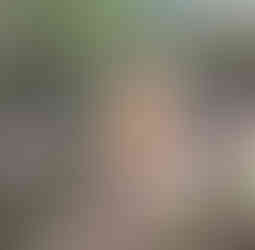



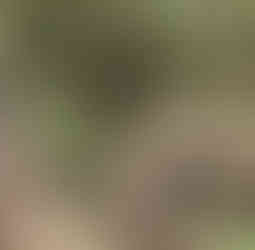


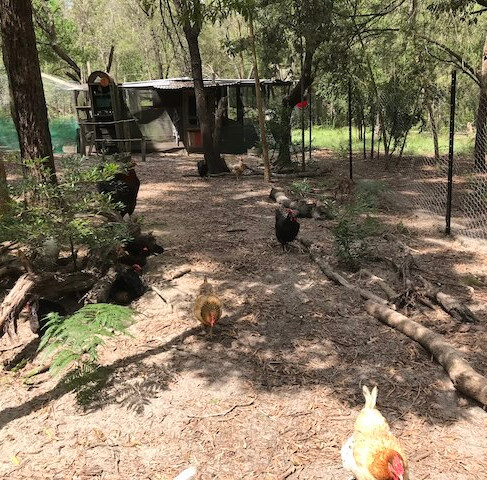


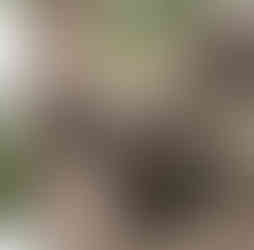


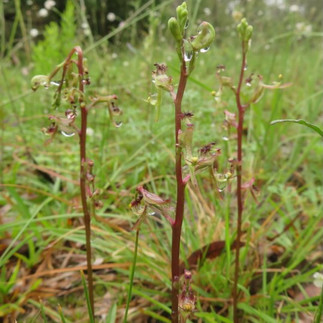


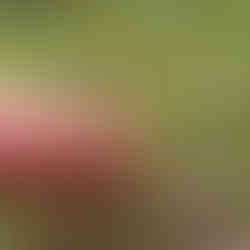































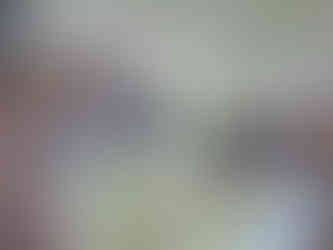



























Comments